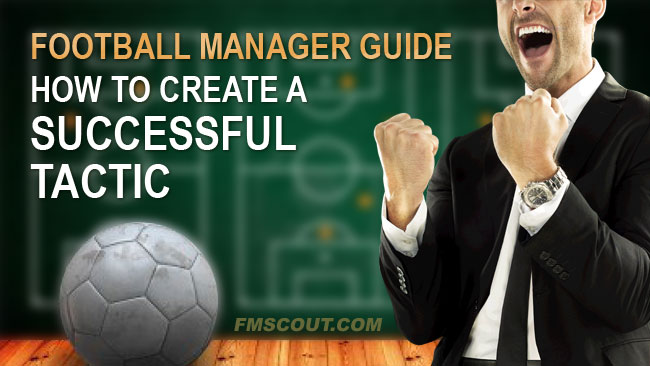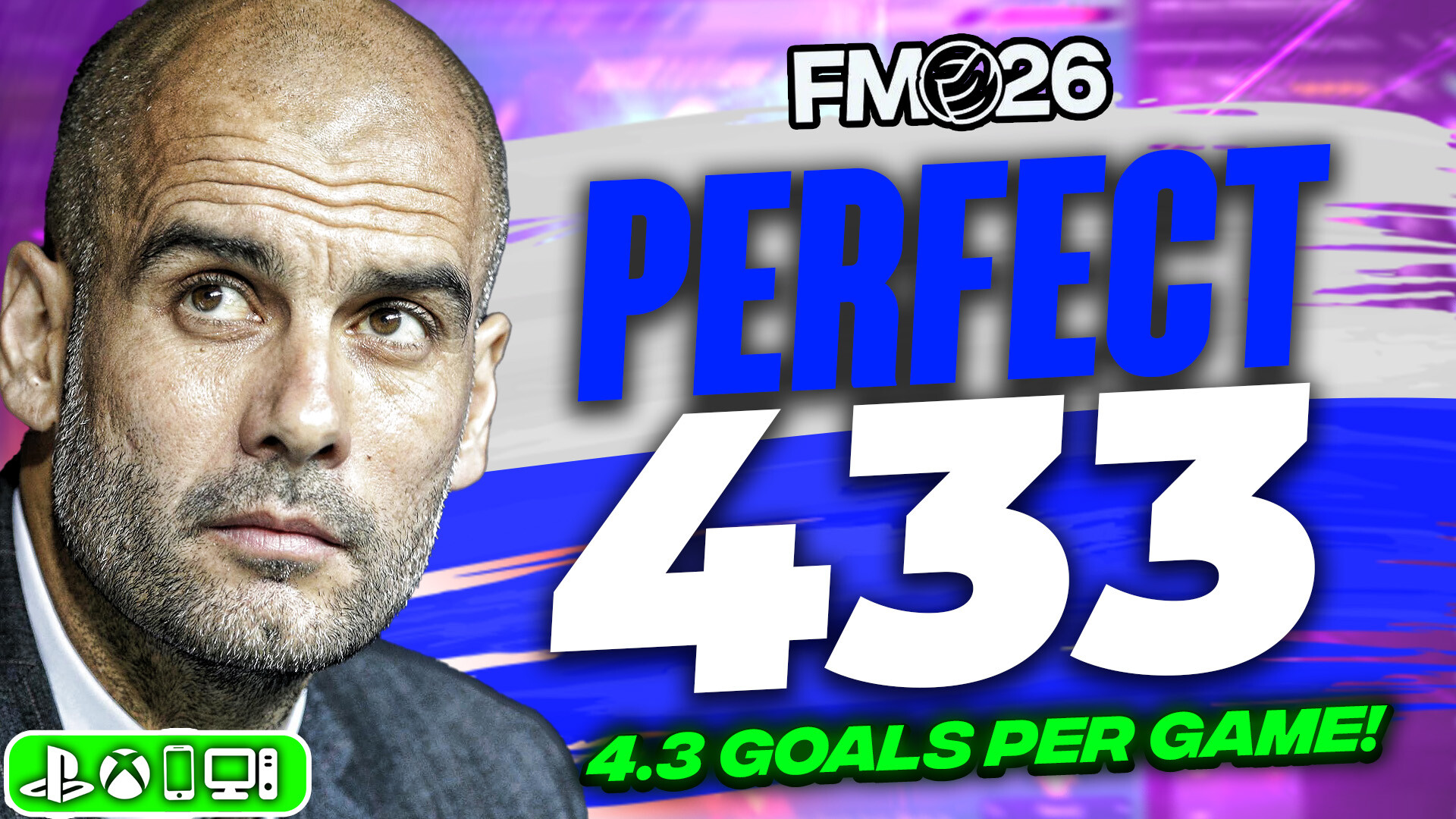
Player skills
Written by _Man_u_barmy_army_Every position requires a different set of skills, some skills are more important than others, for example a striker’s finishing is more important than a striker’s tackling. If you can get the players with the right skills for the positions where you need those skills, you can succeed.
To find out what are the key attributes for a certain Player Role, go to your Player’s Profile and underneath the Attributes, click the box labelled “Highlight key attributes for role”, and select a role from the drop down menu. Always keep your player attributes in mind when setting player roles. If your wide midfielders lack pace, don’t set them to play as wingers. Try to give your players roles which suit them, so that they can perform well in those roles.
Recommended Reading:
Make sure to read the excellent guide to player attributes and roles to learn what each attribute means and which are the key attributes for each role and duty on the field. It's updated with all new Football Manager 2014 player roles!
To have a certain style requires the majority of players to have a set of skills which correspond with your strategy, e.g. Barcelona requires high passing, composure, technique, and vision among others, and enables the team to work effectively as a unit if told to play to those strengths. Or the counter attacking style, where acceleration, off the ball, and work rate are often used.
Player skills determine everything in a game, for example set pieces; although a free kick taker requires a high free kick taking skill, they also require good decision making, long shots (if the free kick is far out), technique possibly, and not to mention aerial ability for free kicks which are whipped into the box and are just waiting for a header. Many of these skills influence the result of the free kick.
You can increase certain player skills through individual training, on the training tab. This can be useful In some situations where, for example, a winger has poor dribbling, which is usually a requirement of a winger, so to increase that will increase the effectiveness of that winger. You could also have a senior player mentor a younger player to develop certain skills of the younger player, which the senior player is quite capable in.
When a player gets older, his mental skills increase due to experience. This often does not decrease, whereas physical skills will obviously decrease with age. Natural fitness often plays a part on how slowly players lose their ability with age. Make sure to keep this in mind when piecing your squad together, as age does make a difference to a player’s development and how their skills are spread out.









![FM26 Data Tweaks [v1.1 | v1.8]](assets/downloads/fm26/fm26-data-tweaks-by-sirtavares-v2.th.png)

Discussion: How to create a successful tactic on Football Manager
19 comments have been posted so far.
Change Log 27/05/2017
5. Team Instructions - Completely revamped to reflect recent changes in FM
14. Sideline Shouts - Page added to reflect importance of sideline shouts
but anyway, I still confuse. about attack near post and near post flick on,what kindof player should be suite? I mean, if we have good header,then why we ask him to flick instead of attack directly to the goal?and if we have player at far post who great header,why we didnt give the ball to him,but flick from near post instead?
and what about stand on far post? I quite didnt understand. so this just distraction? not the goal scorer?
how about attack from deep?
Freekicks:
I'm afraid that you're unable to have two free kick takers for the time being ( at least, to my knowledge), so you would have to suffice with having one of Ronaldo / Bale taking both free kicks around the box, as well as further up field.
Aiming a free kick towards the best header is normally used when a shooting opportunity is not on - so, for example, if a free-kick is from a wider position, the free-kick will be aimed towards the player who has the best heading attributes.
Taking a long free-kick means that if you have the ball deep in your opponents half, the ball will be passed up field in a more direct manner, instead of passing the ball short, and keeping hold possession. Choosing a long freekick is best if you're playing a more direct tactic, where as a short free kick is best if you have players that can play with a fast tempo and small passes.
Corners:
A near post flick would require a player to essentially 'flick' the ball backwards towards either the center of the box, or towards the far post - a good example of this in real life could be seen with Manchester City. Often during matches Demichelis flicks the ball backwards for someone else to score. If you were to use this, then make sure to have players placed both centrally and attacking the back post.
Attacking near post is where the player attack the ball at the near post in an attempt to score. This differs to the near post flick on as the near post flick on does not try to score - simply move the ball on in order to allow someone else to score. If you're going to use this, then make sure the player who's attacking the near post has good attributes in the following areas: Heading, Jumping reach and strength. Other attributes that can be included are Balance and Bravery.
I hope this cleared things up for you! :-)
I don't think that there is a way of setting different players to take long and short range free kicks. Usually, the players that are good at free kicks tend to be
corner kicks too. Also, long will play a long ball into the box as far as they can, whereas best header will go higher, for the best header of the ball to jump up and head it as no one else can reach,
The difference between each of these is actually quite big. Attack near post will make your player run to the near post and attempt to head the ball in. On the other hand, near post flick on will make the player at the near post head the ball to the far post over the defenders instead of shooting himself. Attack far post is similar to attack near post, as the players will try to head the ball in at the far post, and I think Stand on far post will attempt to distract other team defenders and create space in the area.
Free Kick
my problem on this set piece ,is , FM is sometime unreasonable. for the free kick from very long distance,where player would pass it to another team mate instead of shot on goal, they put my free kick taker here,which is not effetive. I mean,if you see real madrid , they would put cristiano ronaldo or gareth bale as free kick taker ,from reasonable range to shot on goal. if the free kick place is too far to be shooted, then xabi would take instead ,so he could aim the ball better. but in fm, this doesnt happen. all free kick would taken by ronaldo ,except the free kick from touchline..
any souliton?
I also didnt understand,what is "long" option on free kick aim optin mean?
couldnt it become "long and to best header"?
corner kick
any explanation about the different between "near post flick on" and attach near post?
how about "atack from deep and lurk outside area'?
and "attack far post" with "stand on far post"?
I didnt know which is the right time to chose them.
Kudos!
@Bert: Thank you for contributing. We have some new guides in the works, I'll ask you for more contributions soon
Thanks for this fantastic guide.
Just one thing I would like to mention... earlier, according to my experience it is not the best option to mark tightly a pacey opponent as they will be able to lose your defender who is not that fast...
what do you think?
Good read for the other sectors, and really good help in the parts that I'm not as comfortable with.
Nice guide all round!